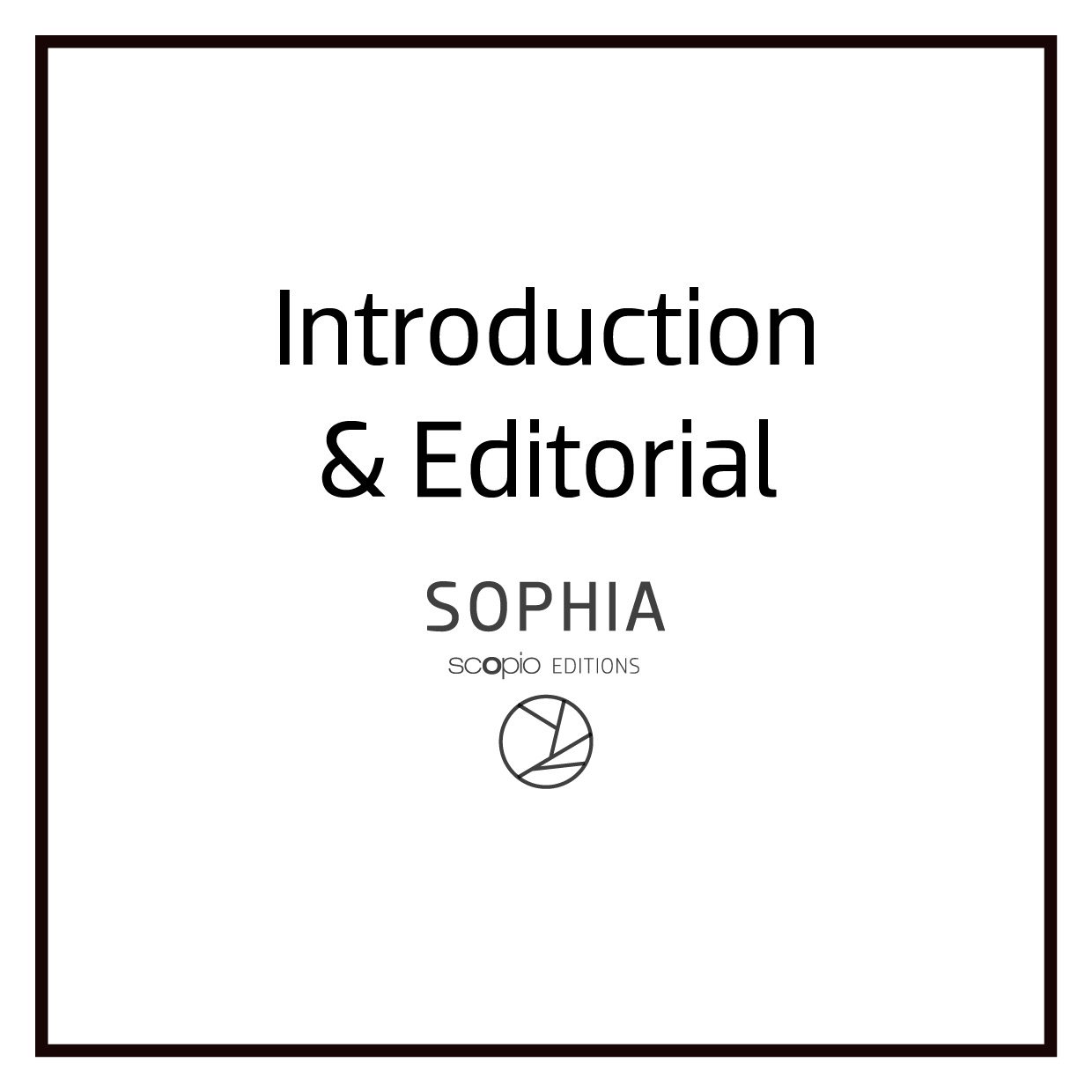
Image and Conscience
##plugins.themes.immersion.article.figure##

Abstract
The constant, free, unlimited and ubiquitous availability of photographic images via the Internet since the beginning of this millennium has overwhelmed and thereby weakened the individual observer’s capacity for differentiation and evaluation of image quality and content. The Internet has replaced the physical library as the premier and limitless repository of anything and everything. The physical library was once the hallowed pantheon of intellectuals; librarians were the “gate keepers” and custodians. They kept the illiterate masses at bay. The hurdles that had to be surmounted before producing a book were once set so high that writing and publishing “a book” was something open only to an academic elite. Now, no permission needs to be sought from anyone to add even the smallest or the least significant data file to the flat cloudscape. The power of deposition rests with any single person with internet access.
(...)
References
- Walter Benjamin, “Kleine Geschichte der Photographie”, Literarische Welt, Berlin, 18.9., 25.9. and 2.10.1931; transl. by the author.